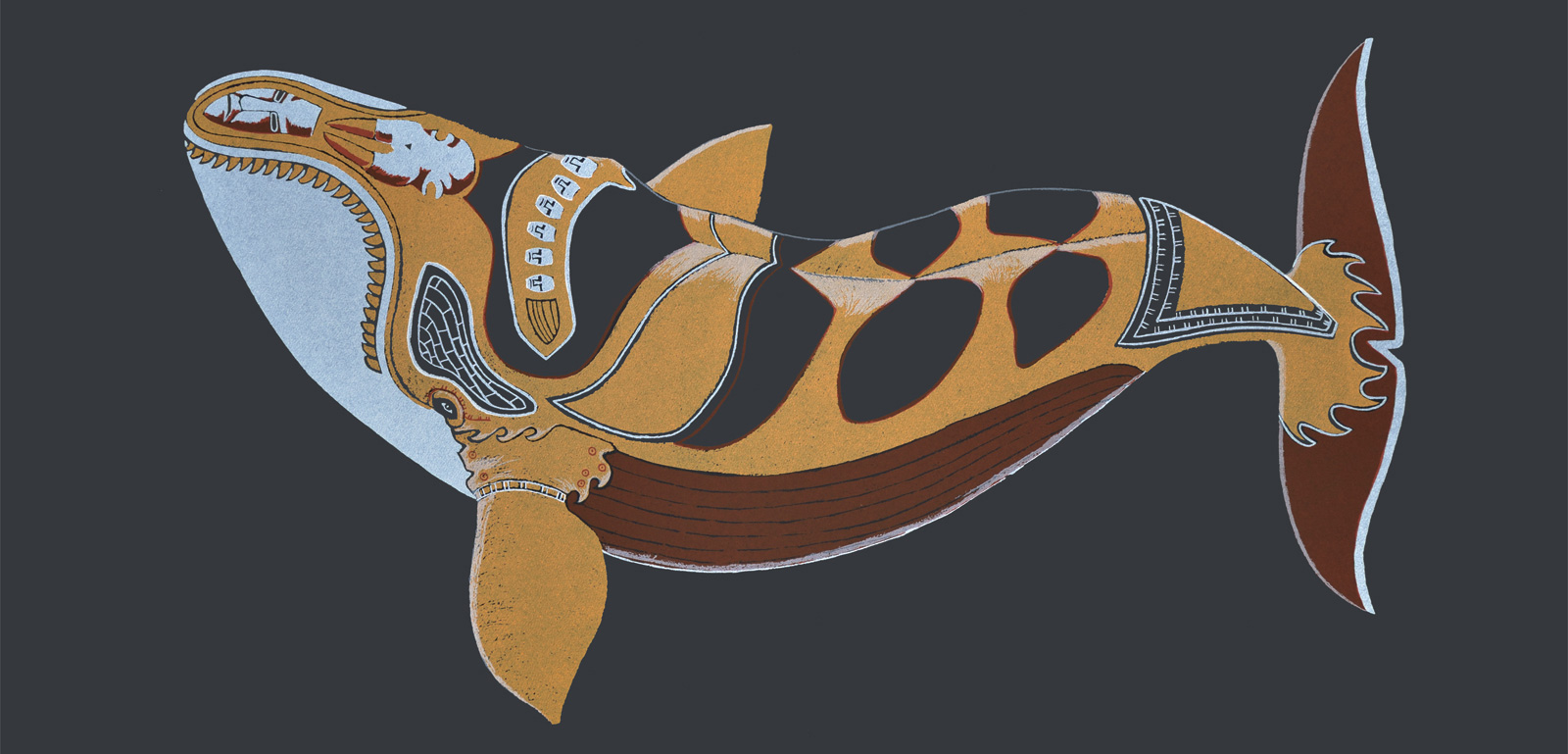 April 3rd, 2018
April 3rd, 2018
Harry Brower Sr. was lying in a hospital bed in Anchorage, Alaska, close to death, when he was visited by a baby whale.
Although Brower’s body remained in Anchorage, the young bowhead took him more than 1,000 kilometers north to Barrow (now Utqiaġvik), where Brower’s family lived. They traveled together through the town and past the indistinct edge where the tundra gives way to the Arctic Ocean. There, in the ice-blue underwater world, Brower saw Iñupiat hunters in a sealskin boat closing in on the calf’s mother.
Brower felt the shuddering harpoon enter the whale’s body. He looked at the faces of the men in the umiak, including those of his own sons. When he awoke in his hospital bed as if from a trance, he knew precisely which man had made the kill, how the whale had died, and whose ice cellar the meat was stored in. He turned out to be right on all three counts.
Brower lived six years after the episode, dying in 1992 at the age of 67. In his final years, he discussed what he had witnessed with Christian ministers and Utqiaġvik’s whaling captains. The conversations ultimately led him to hand down new rules to govern hunting female whales with offspring, meant to communicate respect to whales and signal that people were aware of their feelings and needs. “[The whale] talked to me,” Brower recalls in a collection of his stories, The Whales, They Give Themselves. “He told me all the stories about where they had all this trouble out there on the ice.”
Not long ago, non-Indigenous scientists might have dismissed Brower’s experience as a dream or the inchoate ramblings of a sick man. But he and other Iñupiat are part of a deep history of Arctic and subarctic peoples who believe humans and whales can talk and share a reciprocal relationship that goes far beyond that of predator and prey. Today, as Western scientists try to better understand Indigenous peoples’ relationships with animals—as well as animals’ own capacity for thoughts and feelings—such beliefs are gaining wider recognition, giving archaeologists a better understanding of ancient northern cultures.
“If you start looking at the relationship between humans and animals from the perspective that Indigenous people themselves may have had, it reveals a rich new universe,” says Matthew Betts, an archaeologist with the Canadian Museum of History who studies Paleo-Eskimo cultures in the Canadian Arctic. “What a beautiful way to view the world.”
It’s not clear exactly when people developed the technology that allowed them to begin hunting whales, but scholars generally believe Arctic whaling developed off the coast of Alaska sometime between 600 and 800 CE. For thousands of years before then, Arctic people survived by hunting seals, caribou, and walruses at the edge of the sea ice.
One such group, the Dorset—known in Inuit oral tradition as the Tunit—were rumored to have been so strong the men could outrun caribou and drag a 1,700-kilogram walrus across the ice. The women were said to have fermented raw seal meat against the warmth of their skin, leaving it in their pants for days at a time. But despite their legendary survival skills, the Tunit died out 1,000 years ago.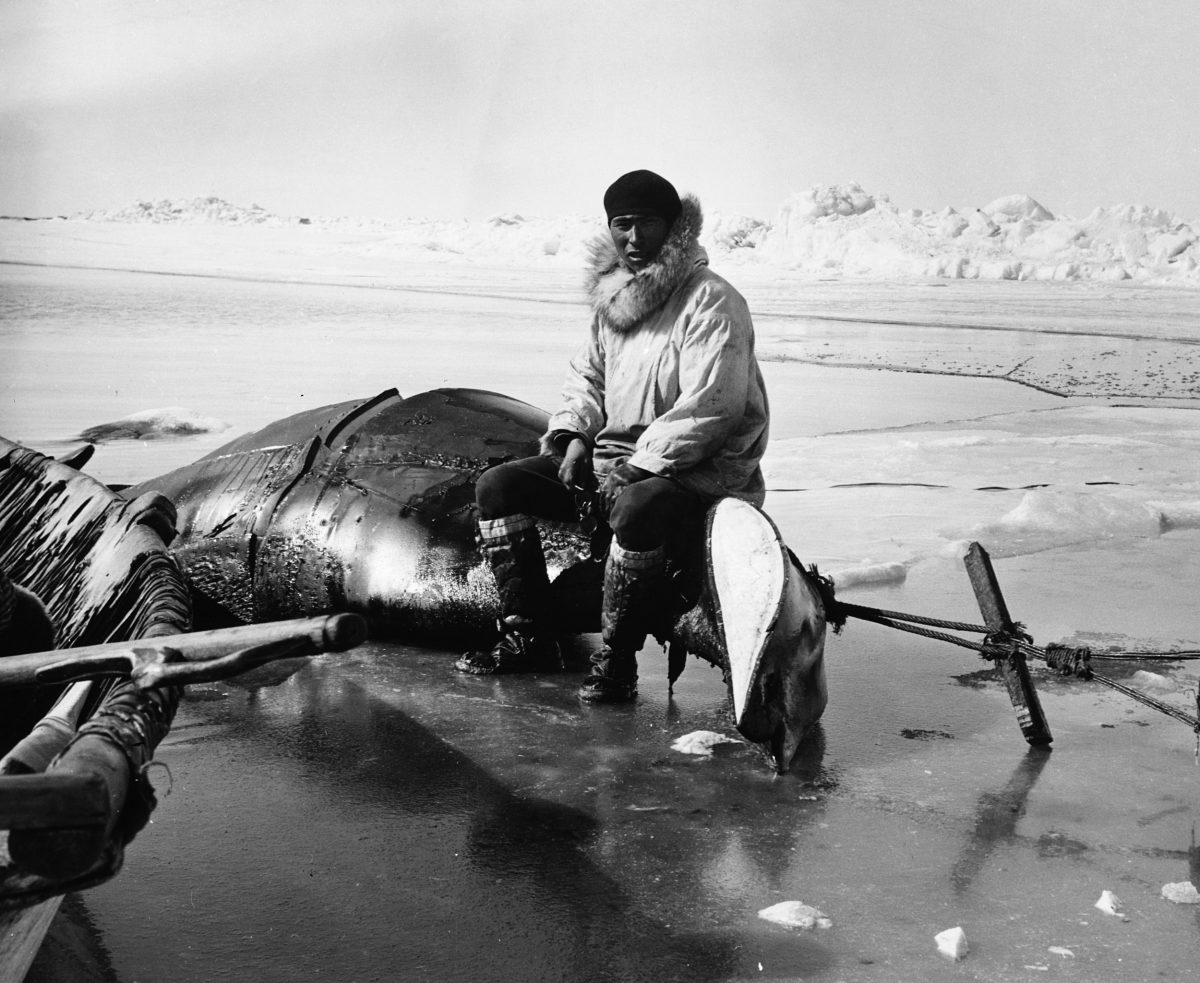
An Inuit hunter sits on a whale that’s been hauled to shore for butchering in Point Hope, Alaska, in 1900. Photo by Hulton Deutsch/Getty Images
One theory for their mysterious disappearance is that they were outcompeted by people who had begun to move east into the Canadian Arctic—migrants from Alaska who brought sealskin boats allowing them to push off from shore and hunt whales. Each spring, bowhead whales weighing up to 54,000 kilograms pass through the leads of water that open into the sea ice, and with skill and luck, the ancestors of today’s Inuit and Iñupiat people could spear a cetacean as it surfaced to breathe.
The advent of whaling changed the North. For the first time, hunters could bring in enough meat to feed an entire village. Permanent settlements began springing up in places like Utqiaġvik that were reliably visited by bowheads—places still inhabited today. Social organizations shifted as successful whale hunters amassed wealth, became captains, and positioned themselves at the top of a developing social hierarchy. Before long, the whale hunt became the center of cultural, spiritual, and day-to-day life, and whales the cornerstone of many Arctic and subarctic cosmologies.
When agricultural Europeans began visiting and writing about the North in the 10th century, they were mesmerized by Aboriginal peoples’ relationships with whales. Medieval literature depicted the Arctic as a land of malevolent “monstrous fishes” and people who could summon them to shore through magical powers and mumbled spells. Even as explorers and missionaries brought back straightforward accounts of how individual whaling cultures went about hunting, butchering, and sharing a whale, it was hard to shake the sense of mysticism. In 1938, American anthropologist Margaret Lantis analyzed these scattered ethnographic accounts and concluded that Iñupiat, Inuit, and other northern peoples belonged to a circumpolar “whale cult.”
Lantis found evidence of this in widespread taboos and rituals meant to cement the relationship between people and whales. In many places, a recently killed whale was given a drink of fresh water, a meal, and even traveling bags to ensure a safe journey back to its spiritual home. Individual whalers had their own songs to call the whales to them. Sometimes shamans performed religious ceremonies inside circles made of whale bones. Stashes of whaling amulets—an ambiguous word used to describe everything from carved, jewelry-like charms to feathers or skulls—were passed from father to son in whaling families.
To non-Indigenous observers, it was all so mysterious. So unknowable. And for archaeologists and biologists especially, it was at odds with Western scientific values, which prohibited anything that smacked of anthropomorphism.
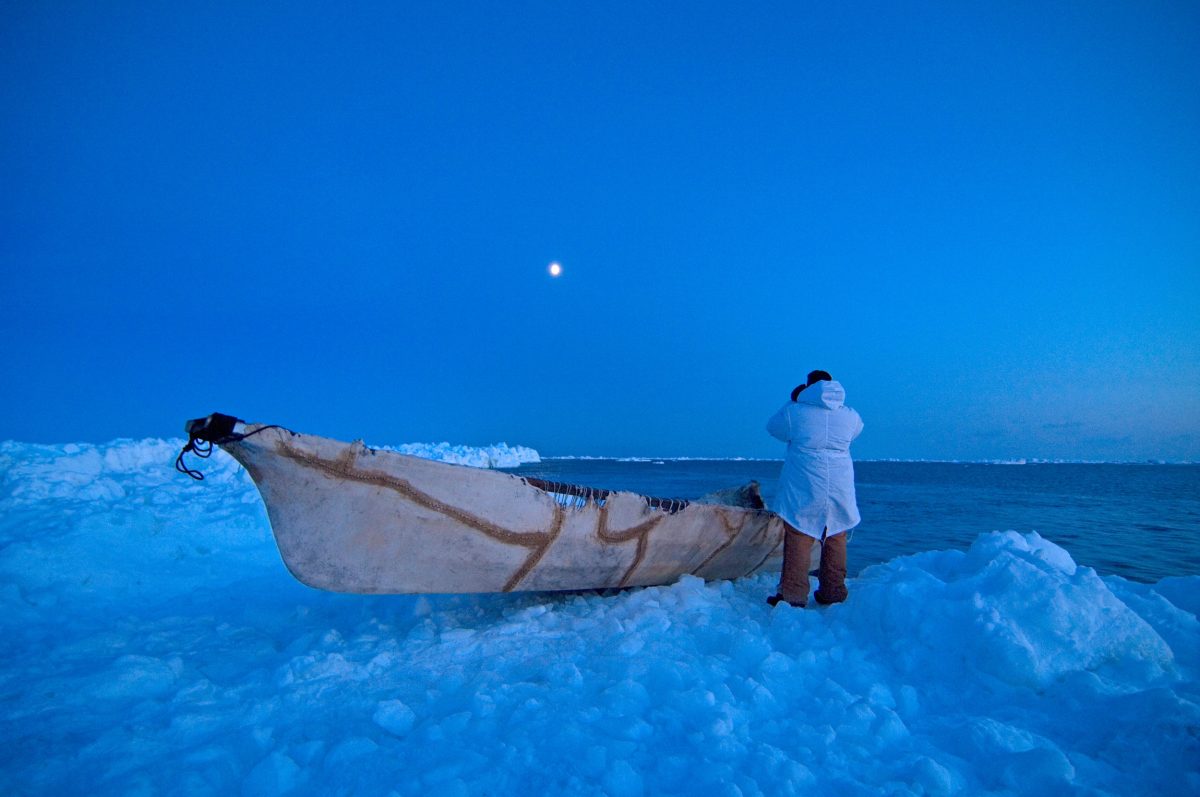
A whaler waits for the bowhead whales from shore in Utqiaġvik, Alaska, during whaling season in the Chukchi Sea. Photo by Steven J. Kazlowski/Alamy Stock Photo
In archaeology, such attitudes have limited our understanding of Arctic prehistory, says Erica Hill, a zooarchaeologist with the University of Alaska Southeast. Whaling amulets and bone circles were written off as ritualistic or supernatural with little exploration of what they actually meant to the people who created them. Instead, archaeologists who studied animal artifacts often focused on the tangible information they revealed about what ancient people ate, how many calories they consumed, and how they survived.
Hill is part of a burgeoning branch of archaeology that uses ethnographic accounts and oral histories to re-examine animal artifacts with fresh eyes—and interpret the past in new, non-Western ways. “I’m interested in this as part of our prehistory as humans,” Hill says, “but also in what it tells us about alternative ways of being.”
The idea that Indigenous people have spiritual relationships with animals is so well established in popular culture it’s cliché. Yet constricted by Western science and culture, few archaeologists have examined the record of human history with the perspective that animals feel emotions and can express those emotions to humans.
Hill’s interest in doing so was piqued in 2007, when she was excavating in Chukotka, Russia, just across the Bering Strait from Alaska. The site was estimated to be 1,000 to 2,000 years old, predating the dawn of whaling in the region, and was situated at the top of a large hill. As her team dug through the tundra, they uncovered six or seven intact walrus skulls deliberately arranged in a circle.
Like many archaeologists, Hill had been taught that ancient humans in harsh northern climates conserved calories and rarely expended energy doing things with no direct physical benefit. That people were hauling walrus skulls to a hilltop where there were plenty of similar-sized rocks for building seemed strange. “If you’ve ever picked up a walrus skull, they’re really, really heavy,” Hill says. So she started wondering: did the skulls serve a purpose that wasn’t strictly practical that justified the effort of carrying them uphill?
When Hill returned home, she began looking for other cases of “people doing funky stuff” with animal remains. There was no shortage of examples: shrines packed with sheep skulls, ceremonial burials of wolves and dogs, walrus-skull rings on both sides of the Bering Strait. To Hill, though, some of the most compelling artifacts came from whaling cultures.
Museum collections across North America, for instance, include a dazzling array of objects categorized as whaling amulets. From this grab bag, Hill identified 20 carved wooden objects. Many served as the seats of whaling boats. In the Iñupiaq language, they’re called either iktuġat or aqutim aksivautana, depending on dialect.
One in particular stands out. Hill was looking for Alaskan artifacts in a massive climate-controlled warehouse belonging to Smithsonian’s National Museum of Natural History in Washington, DC. The artifacts were housed in hundreds of floor-to-ceiling drawers, row after row of them, with little indication of what was inside. She pulled open one drawer and there it was—the perfect likeness of a bowhead whale staring back at her.
The object, likely from the late 19th century, probably functioned as a crosspiece. It was hewn from a hunk of driftwood into a crescent shape 21 centimeters long. Carved on one side was a bowhead, looking as it would look if you were gazing down on a whale from above, perhaps from a raven’s-eye perspective. A precious bead of obsidian was embedded in the blowhole. “It’s so elegant and simple but so completely whale,” Hill says. “It’s this perfect balance of minimalism and form.”
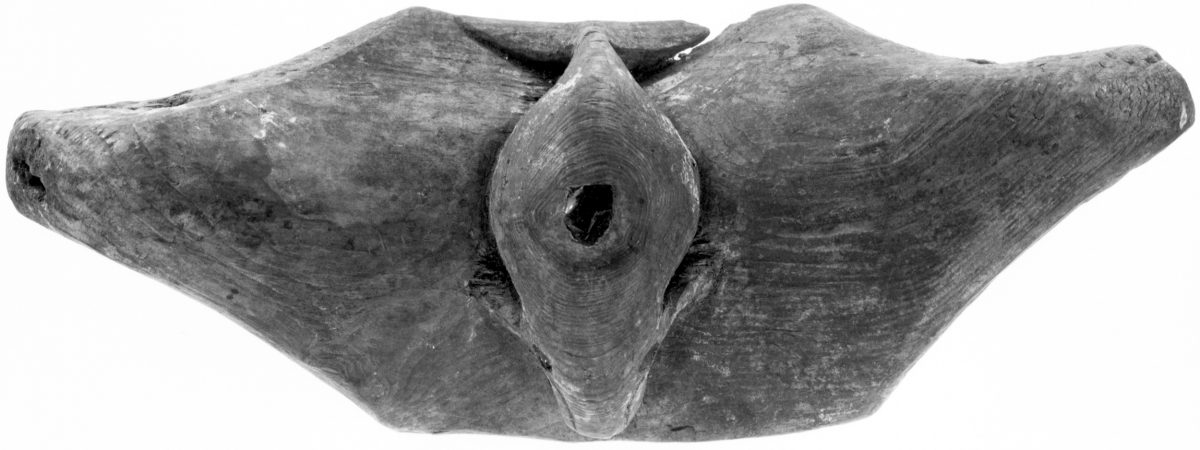 Sometime in the late 19th century, an Iñupiaq carver fashioned this amulet for an umiak out of driftwood, carving the likeness of a bowhead whale, its blowhole symbolized with a piece of obsidian. As with other whaling amulets Erica Hill has examined, this object may have also functioned as part of the boat’s structure. Photo by Department of Anthropology, Smithsonian Institute (Cat. A347918)
Sometime in the late 19th century, an Iñupiaq carver fashioned this amulet for an umiak out of driftwood, carving the likeness of a bowhead whale, its blowhole symbolized with a piece of obsidian. As with other whaling amulets Erica Hill has examined, this object may have also functioned as part of the boat’s structure. Photo by Department of Anthropology, Smithsonian Institute (Cat. A347918)
Using Iñupiat oral histories and ethnographies recorded in the 19th and 20th centuries, Hill now knows that such amulets were meant to be placed in a boat with the likeness of the whale facing down, toward the ocean. The meticulously rendered art was thus meant not for humans, but for whales—to flatter them, Hill says, and call them to the hunters. “The idea is that the whale will be attracted to its own likeness, so obviously you want to depict the whale in the most positive way possible,” she explains.
Yupik stories from St. Lawrence Island tell of whales who might spend an hour swimming directly under an umiak, positioning themselves so they could check out the carvings and the men occupying the boat. If the umiak was clean, the carvings beautiful, and the men respectful, the whale might reposition itself to be harpooned. If the art portrayed the whale in an unflattering light or the boat was dirty, it indicated that the hunters were lazy and wouldn’t treat the whale’s body properly. Then the whale might swim away.
In “Sounding a Sea-Change: Acoustic Ecology and Arctic Ocean Governance” published in Thinking with Water, Shirley Roburn quotes Point Hope, Alaska, resident Kirk Oviok: “Like my aunt said, the whales have ears and are more like people,” he says. “The first batch of whales seen would show up to check which ones in the whaling crew would be more hospitable. … Then the whales would come back to their pack and tell them about the situation.”
The belief that whales have agency and can communicate their needs to people isn’t unique to the Arctic. Farther south, on Washington’s Olympic Peninsula and British Columbia’s Vancouver Island, Makah and Nuu-chah-nulth whalers observed eight months of rituals meant to communicate respect in the mysterious language of whales. They bathed in special pools, prayed, spoke quietly, and avoided startling movements that might offend whales. Right before the hunt, the whalers sang a song asking the whale to give itself.
In Makah and Nuu-chah-nulth belief, as in many Arctic cultures, whales weren’t just taken—they willingly gave themselves to human communities. A whale that offered its body wasn’t sentencing itself to death. It was choosing to be killed by hunters who had demonstrated, through good behavior and careful adherence to rituals, that they would treat its remains in a way that would allow it to be reborn. Yupik tradition, for example, holds that beluga whales once lived on land and long to return to terra firma. In exchange for offering itself to a Yupik community, a beluga expected to have its bones given the ritualistic treatment that would allow it to complete this transition and return to land, perhaps as one of the wolves that would gnaw on the whale’s bones.
According to Hill, many of the objects aiding this reciprocity—vessels used to offer whales a drink of fresh water, amulets that hunters used to negotiate relationships with animal spirits—weren’t just reserved for shamanistic ceremonies. They were part of everyday life; the physical manifestation of an ongoing, daily dialogue between the human and animal worlds.
While Westerners domesticated and eventually industrialized the animals we eat—and thus came to view them as dumb and inferior—Arctic cultures saw whale hunting as a match between equals. Bipedal humans with rudimentary technology faced off against animals as much as 1,000 times their size that were emotional, thoughtful, and influenced by the same social expectations that governed human communities. In fact, whales were thought to live in an underwater society paralleling that above the sea.
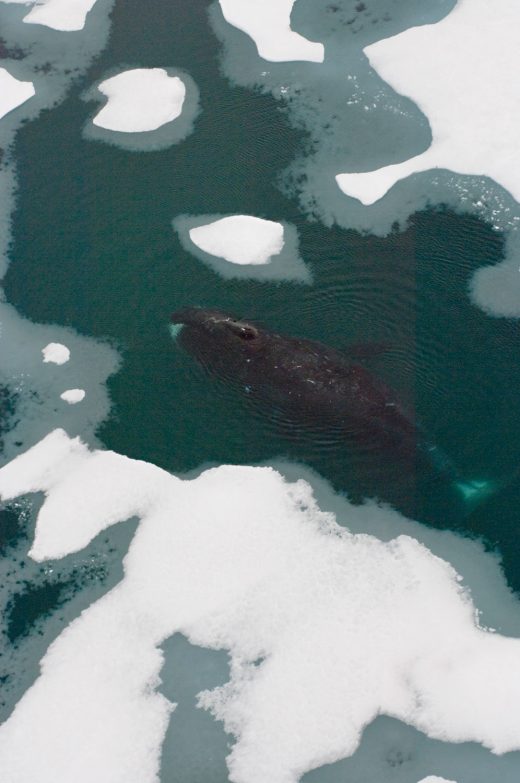
It’s difficult to assess populations of animals that swim under the ice, far from view, like bowhead whales. But experienced Iñupiat whalers are good at it. Photo by Steven Kazlowski/Minden Pictures
Throughout history, similar beliefs have guided other human-animal relationships, especially in hunter-gatherer cultures that shared their environment with big, potentially dangerous animals. Carvings left behind by the Tunit, for example, suggest a belief that polar bears possessed a kind of personhood allowing them to communicate with humans; while some Inuit believed walruses could listen to humans talking about them and react accordingly.
Whether or not those beliefs are demonstrably true, says Hill, they “make room for animal intelligence and feelings and agency in ways that our traditional scientific thinking has not.”
Today, as archaeologists like Hill and Matthew Betts shift their interpretation of the past to better reflect Indigenous worldviews, biologists too are shedding new light on whale behavior and biology that seems to confirm the traits Indigenous people have attributed to whales for more than 1,000 years. Among them is Hal Whitehead, a professor at Dalhousie University in Nova Scotia who argues that cetaceans have their own culture—a word typically reserved for human societies.
By this definition, culture is social learning that’s passed down from one generation to the next. Whitehead finds evidence for his theory in numerous recent studies, including one that shows bowhead whales in the North Pacific, off the Alaskan coast, and in the Atlantic Ocean near Greenland sing different songs, the way human groups might have different styles of music or linguistic dialects. Similarly, pods of resident killer whales living in the waters off south Vancouver Island greet each other with different behaviors than killer whales living off north Vancouver Island, despite the fact that the groups are genetically almost identical and have overlapping territories.
Plus, calves spend years with their mothers, developing the strong mother-offspring bonds that serve to transfer cultural information, and bowhead whales live long enough to accumulate the kind of environmental knowledge that would be beneficial to pass on to younger generations. We know this largely because of a harpoon tip that was found embedded in a bowhead in northern Alaska in 2007. This particular harpoon was only manufactured between 1879 and 1885 and wasn’t used for long after, meaning that the whale had sustained its injury at least 117 years before it finally died.
Other beliefs, too, are proving less farfetched than they once sounded. For years, scientists believed whales couldn’t smell, despite the fact that Iñupiat hunters claimed the smell of woodsmoke would drive a whale away from their camp. Eventually, a Dutch scientist dissecting whale skulls proved the animals did, indeed, have the capacity to smell. Even the Yupik belief that beluga whales were once land-dwelling creatures is rooted in reality: some 50 million years ago, the ancestor of modern-day whales walked on land. As if recalling this, whale fetuses briefly develop legs before losing them again.
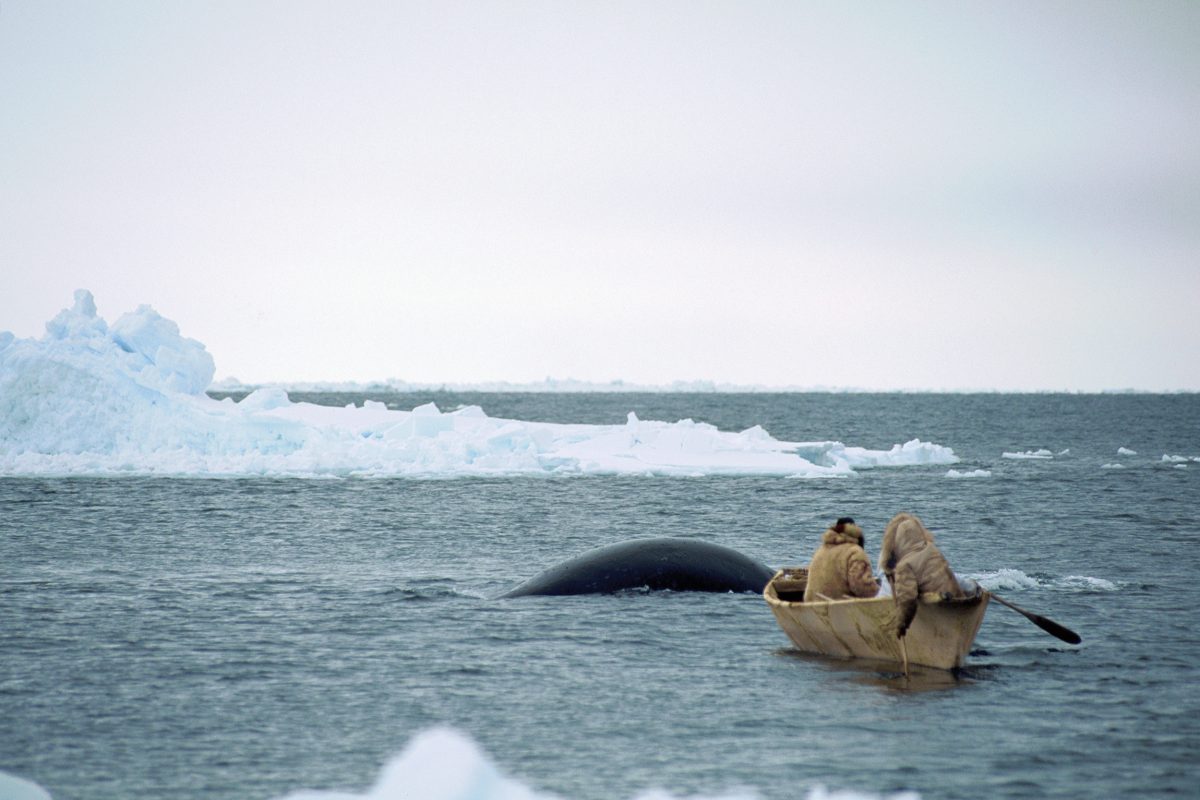 Inuit hunters in Utqiaġvik, Alaska, paddle an umiak after a bowhead whale. Photo by Galen Rowell/Getty Images
Inuit hunters in Utqiaġvik, Alaska, paddle an umiak after a bowhead whale. Photo by Galen Rowell/Getty Images
None of this suggests that whales freely give themselves to humans. But once you understand the biological and intellectual capabilities of whales—as whaling cultures surely did—it’s less of a leap to conclude that cetaceans live in their own underwater society, and can communicate their needs and wishes to humans willing to listen.
With the dawn of the 20th century and the encroachment of Euro-Americans into the North, Indigenous whaling changed drastically. Whaling in the Makah and Nuu-chah-nulth Nations essentially ended in the 1920s after commercial whalers hunted the gray whale to near extinction. In Chukotka, Russian authorities in the 1950s replaced community-based whaling with state-run whaling.
Even the whaling strongholds of Alaska’s Iñupiat villages weren’t immune. In the 1970s, the International Whaling Commission ordered a halt to subsistence bowhead whaling because US government scientists feared there were just 1,300 of the animals left. Harry Brower Sr. and other whaling captains who’d amassed lifetimes of knowledge knew that figure was wrong.
But unlike other whaling cultures, Iñupiat whalers had the means to fight back, thanks to taxes they had collected from a nearby oil boom. With the money, communities hired Western-trained scientists to corroborate traditional knowledge. The scientists developed a new methodology that used hydrophones to count bowhead whales beneath the ice, rather than extrapolating the population based on a count of the visible bowheads passing by a single, ice-free locale. Their findings proved bowheads were far more numerous than the government had previously thought, and subsistence whaling was allowed to continue.
Elsewhere, too, whaling traditions have slowly come back to life. In 1999, the Makah harvested their first whale in over 70 years. The Chukchi were allowed to hunt again in the 1990s.
Yet few modern men knew whales as intimately as Brower. Although he eschewed some traditions—he said he never wanted his own whaling song to call a harpooned whale to the umiak, for example—Brower had other ways of communicating with whales. He believed that whales listened, and that if a whaler was selfish or disrespectful, whales would avoid him. He believed that the natural world was alive with animals’ spirits, and that the inexplicable connection he’d felt with whales could only be explained by the presence of such spirits.
And he believed that in 1986, a baby whale visited him in an Anchorage hospital to show him how future generations could maintain the centuries-long relationship between humans and whales. Before he died, he told his biographer Karen Brewster that although he believed in a Christian heaven, he personally thought he would go elsewhere. “I’m going to go join the whales,” he said. “That’s the best place, I think. … You could feed all the people for the last time.”
Perhaps Brower did become a whale and feed his people one last time. Or perhaps, through his deep understanding of whale biology and behavior, he passed down the knowledge that enabled his people to feed themselves for generations to come. Today, the spring whaling deadline he proposed based on his conversation with the baby whale is still largely observed, and bowhead whales continue to sustain Iñupiat communities, both physically and culturally.
Correction: This article has been updated to clarify the original purpose of the whaling amulet that caught Erica Hill’s attention in the Smithsonian warehouse.
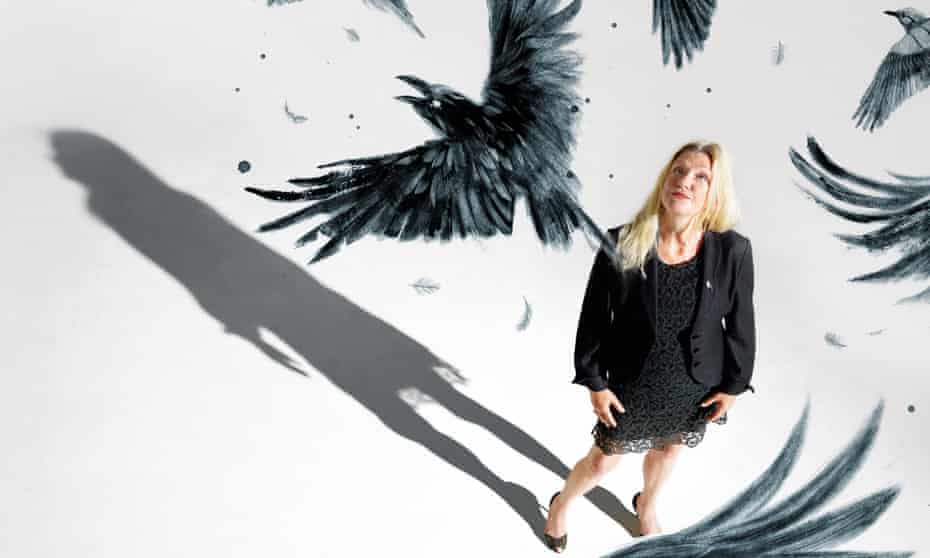
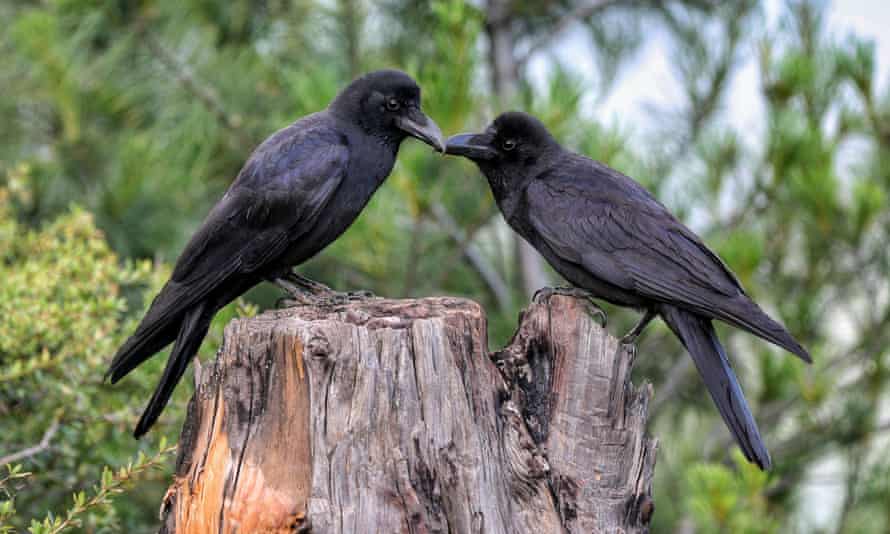
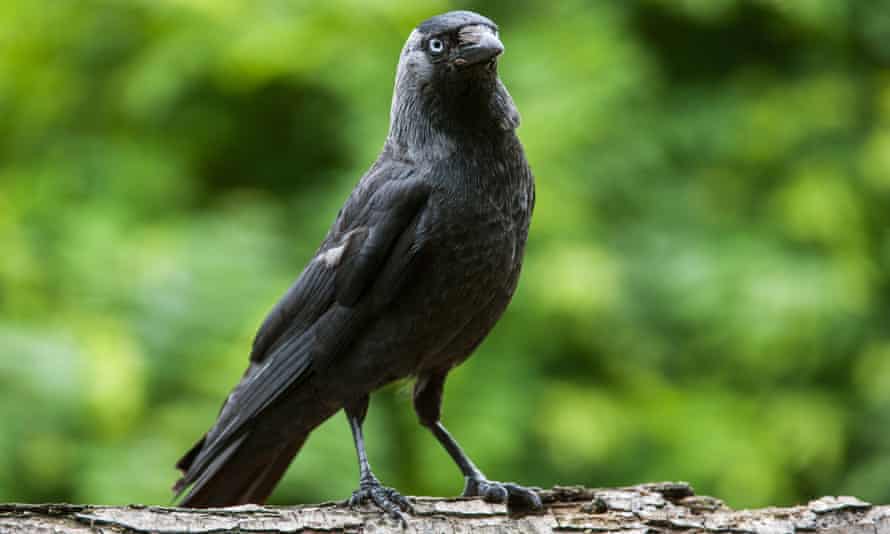






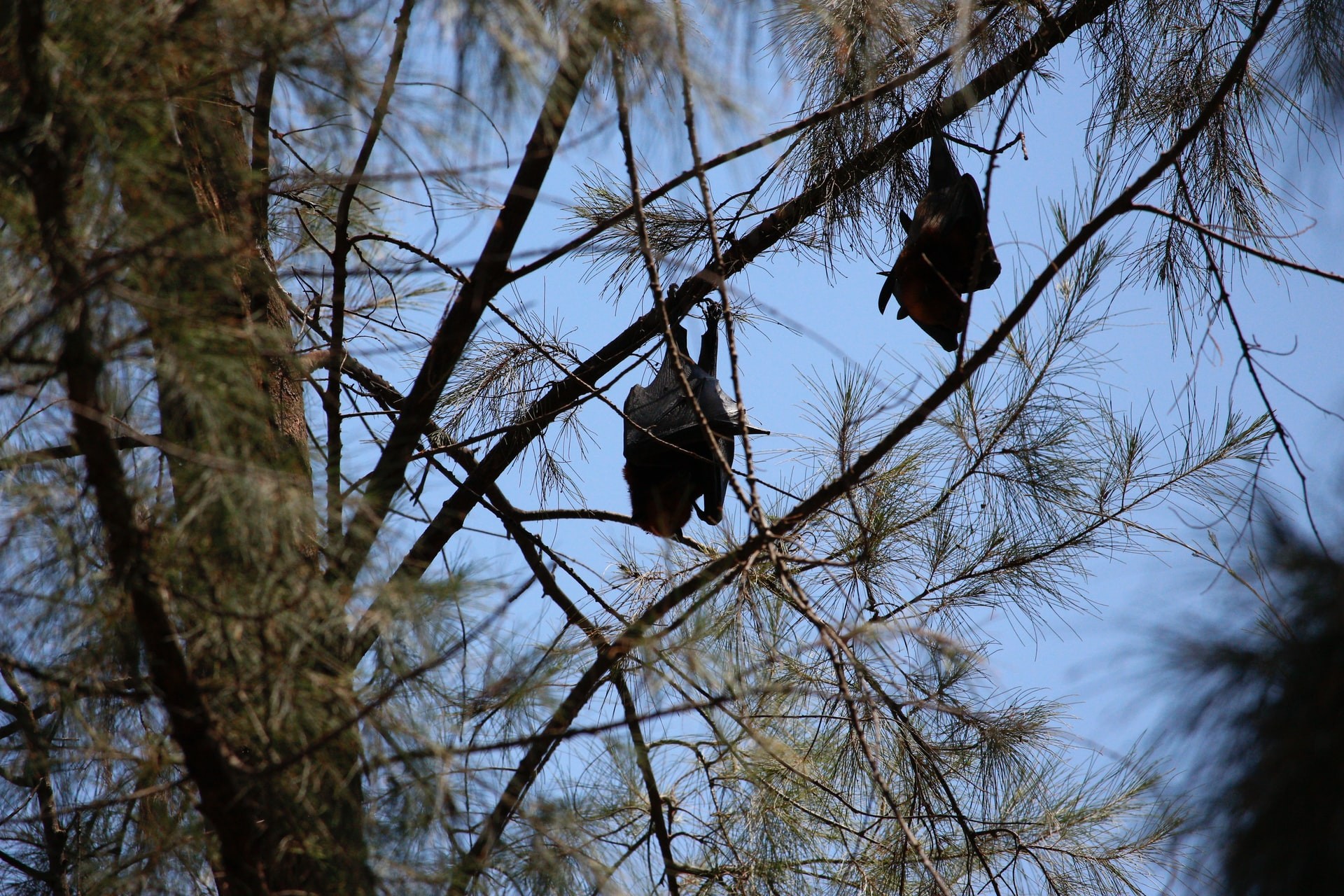








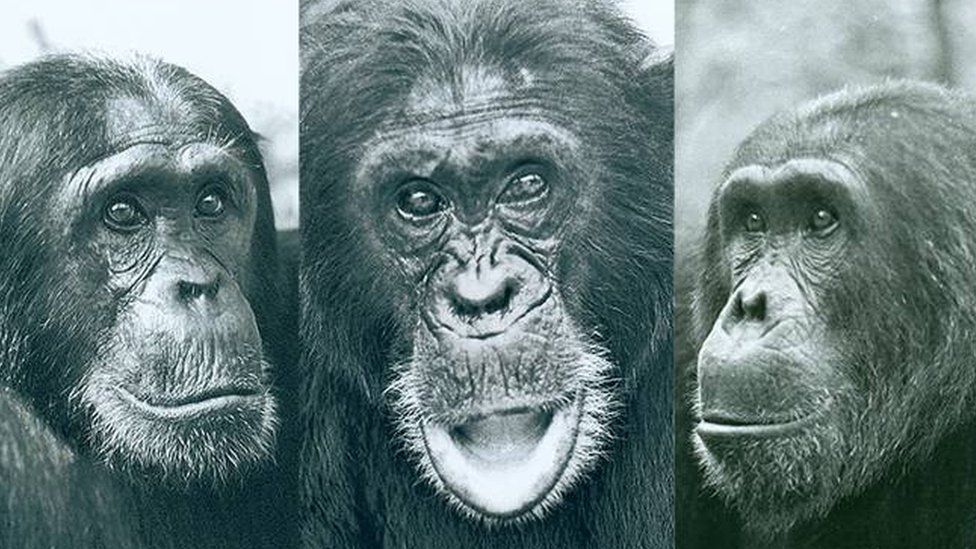
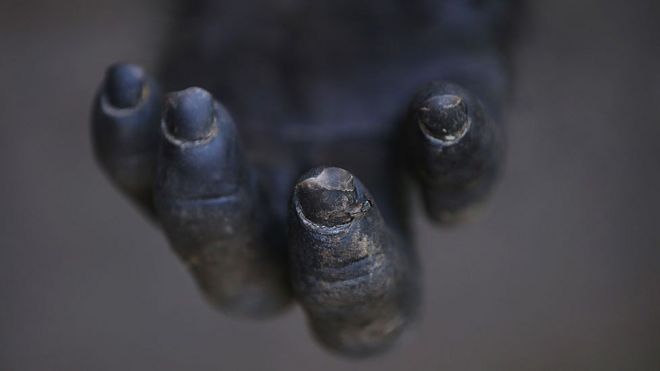
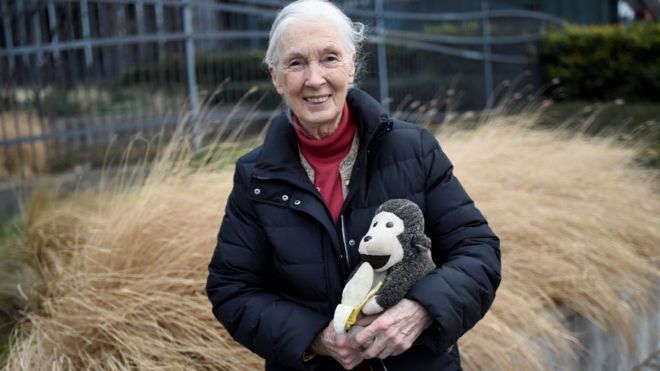
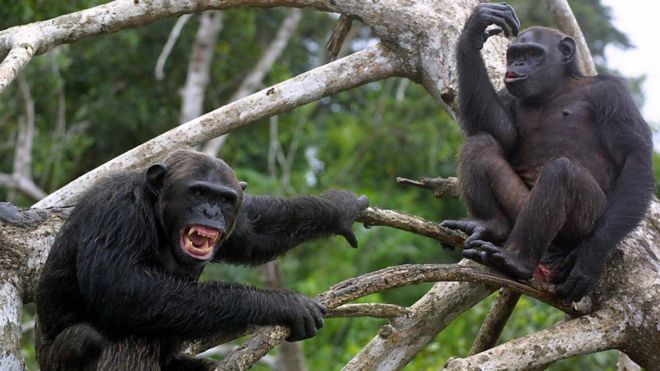

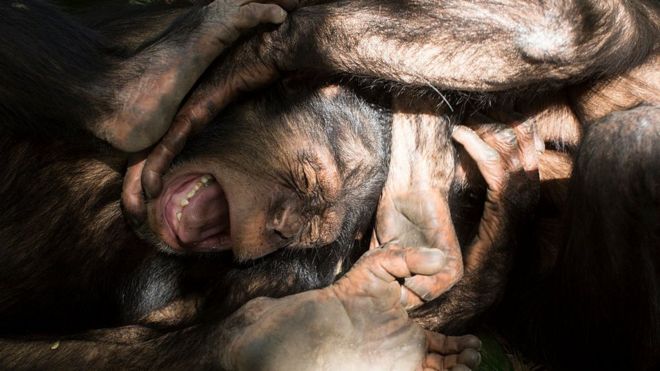
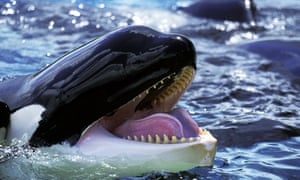






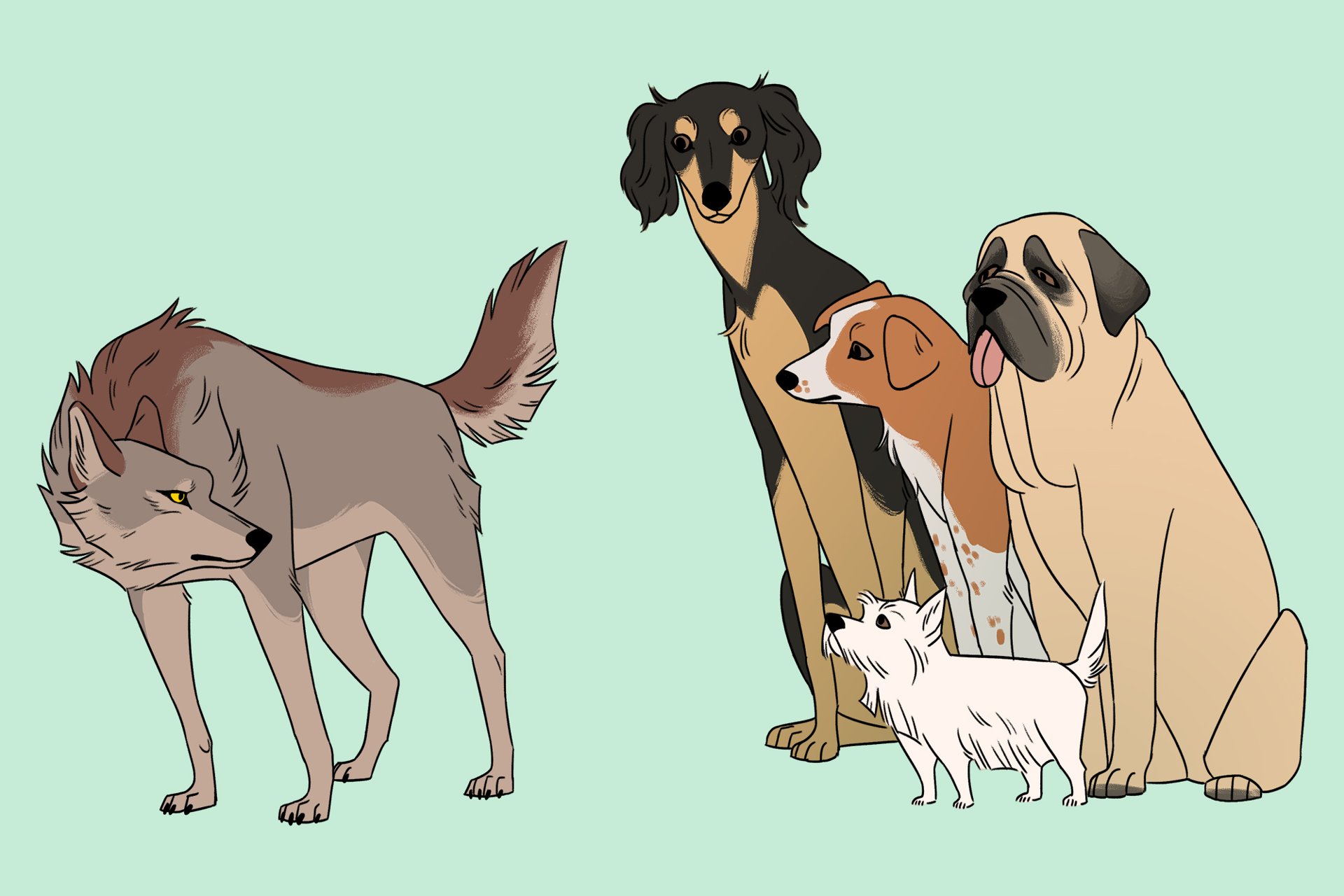
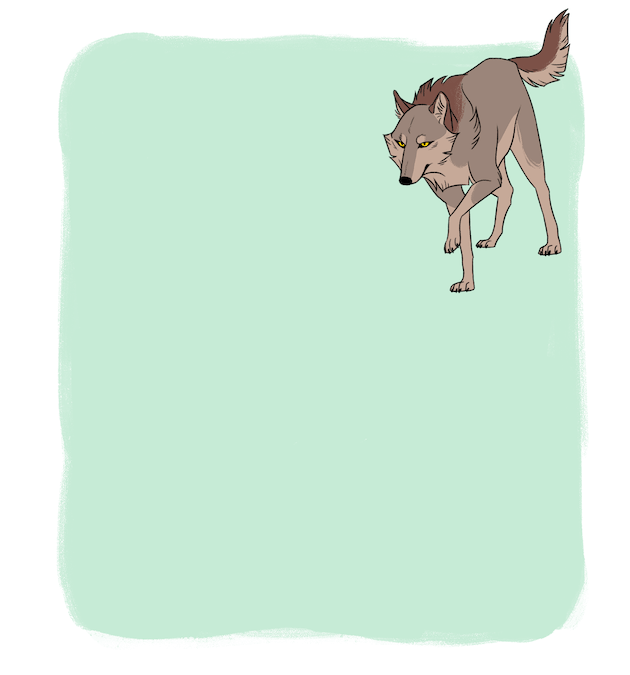
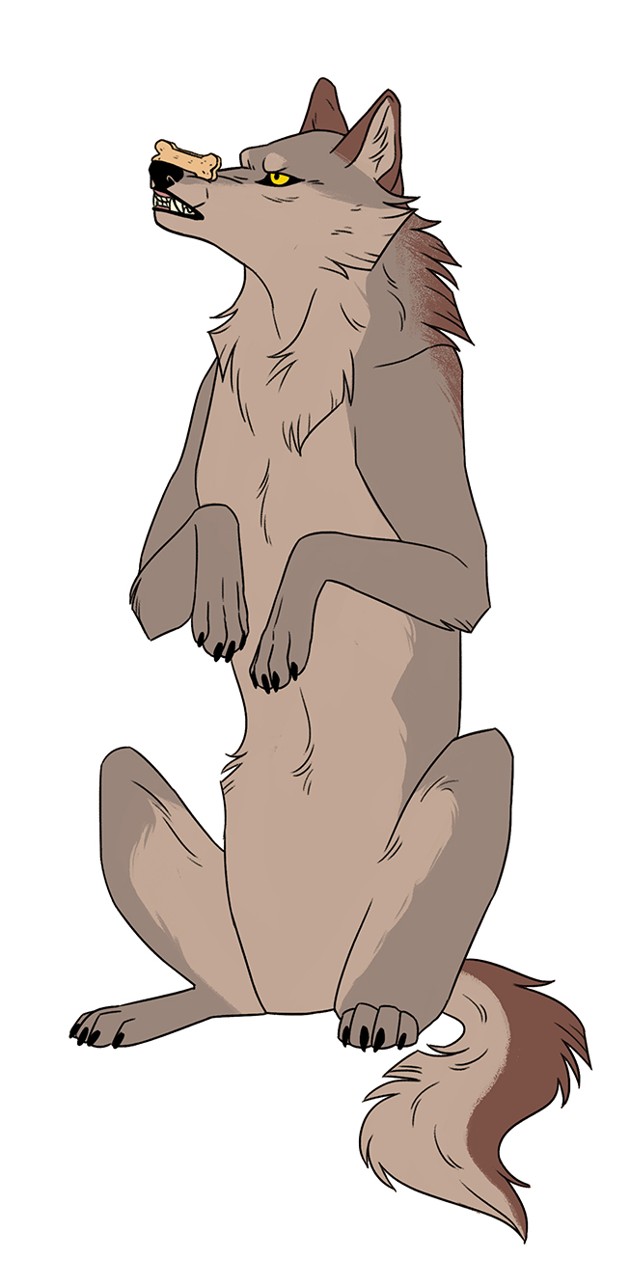



 A small mammal, possibly a weasel, gnawed-through a power cable at the Large Hadron Collider.
A small mammal, possibly a weasel, gnawed-through a power cable at the Large Hadron Collider. 



Você precisa fazer login para comentar.